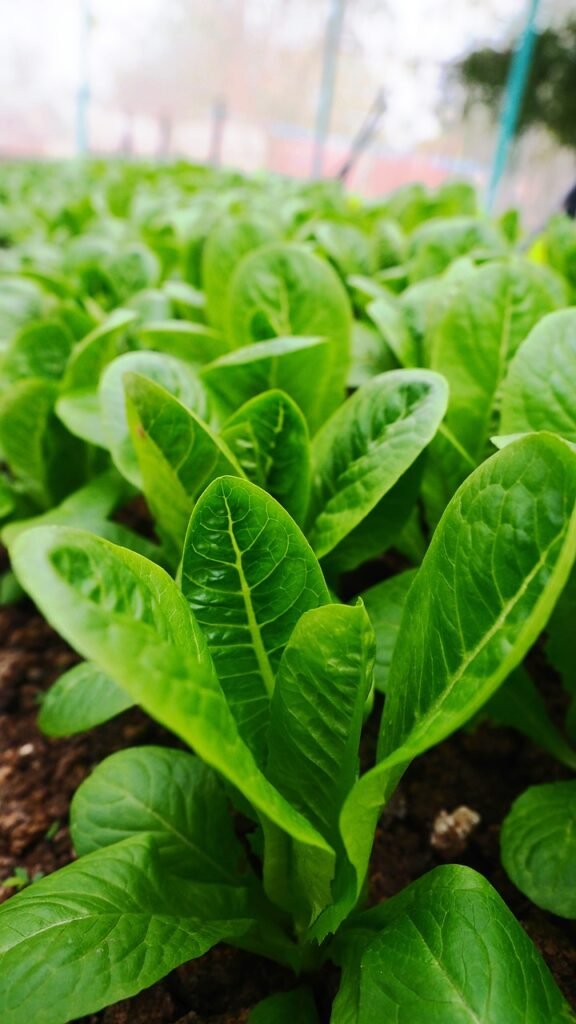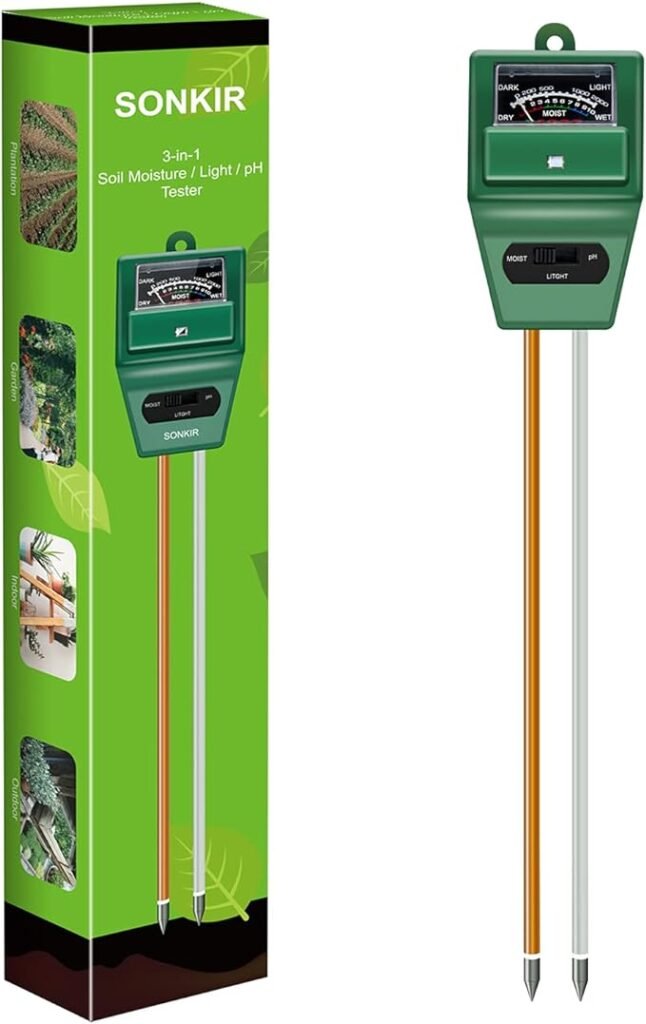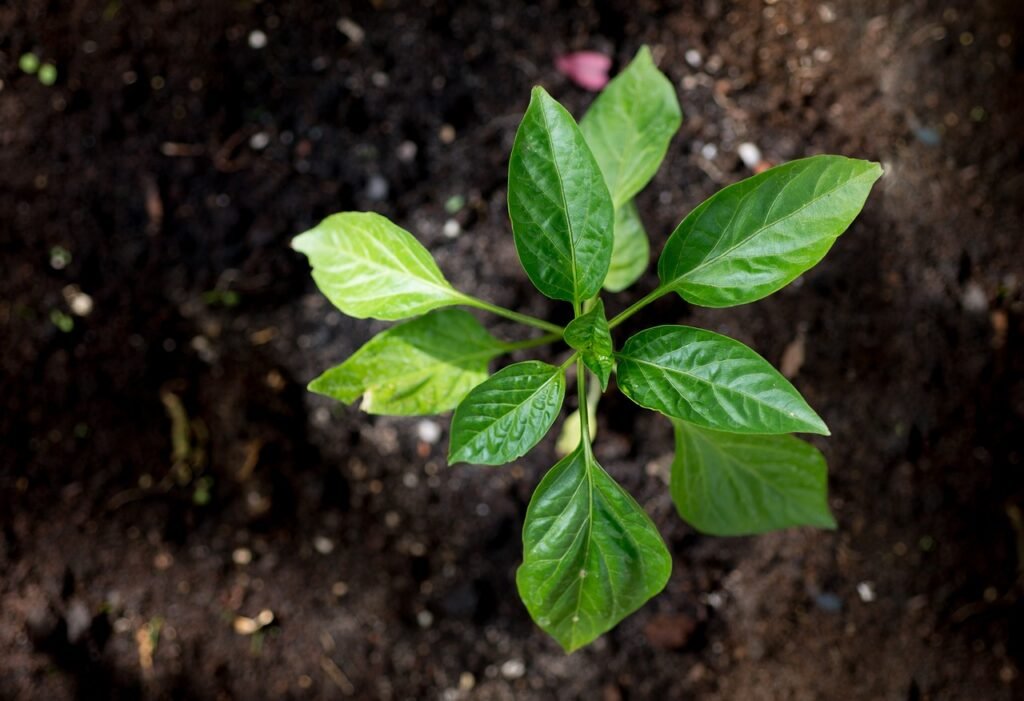Importance of Soil pH
Soil pH is a crucial factor in determining the health and productivity of your plants. It affects the availability of essential nutrients and the activity of soil microorganisms, which play a vital role in plant growth and health. Soil that is too acidic or too alkaline can hinder nutrient uptake, leading to poor plant development and lower yields.
Understanding Soil pH
Soil pH measures the acidity or alkalinity of the soil on a scale from 0 to 14, with 7 being neutral. Soils with pH values below 7 are acidic, while those above 7 are alkaline. Most plants thrive in soils with a pH between 6 and 7.5, although some, like blueberries and azaleas, prefer more acidic conditions.
Some of the links on this website may be affiliate links. If you purchase a product or service through these links, I may earn a small commission at no extra cost to you. I only recommend products or services that I have personally used and believe will add value to my readers. Thank you for your support!
Preliminary Considerations
When and Why to Test Your Soil pH
Testing soil pH is important at the start of each growing season or whenever you notice poor plant performance, such as yellowing leaves or stunted growth. It’s also beneficial to test soil pH before planting new crops or when you’re establishing a new garden bed.
Tools and Materials Needed
To test your soil pH, you can use various tools such as digital pH meters, chemical test kits, or pH strips. Each method has its advantages and disadvantages. Digital meters are precise and easy to use but can be expensive. Chemical test kits are affordable and reliable, while pH strips are convenient for quick tests but may not be as accurate.

Testing Methods
Using pH Strips
pH strips are simple to use and provide quick results. Mix the soil sample with distilled water and dip the strip into the solution. After a few seconds, compare the colour change on the strip to the pH scale provided. While not as accurate as digital meters, pH strips are useful for quick assessments. These kits are cost-effective and relatively easy to use.

Using a Digital pH Meter
Calibrate the digital pH meter according to the manufacturer’s instructions before use. Insert the probe into the soil sample and wait for the reading to stabilize. Clean the probe between tests to avoid cross-contamination. Digital meters provide a precise pH reading, making them ideal for detailed soil analysis.
Using Chemical Test Kits
Chemical test kits typically include a test solution and a color chart. Mix the soil sample with distilled water and add the test solution. Shake well and wait for the color to develop. Compare the color of the solution to the chart to determine the pH level.
Understanding the Results
Interpreting pH Readings
Soil pH readings indicate whether your soil is acidic, neutral, or alkaline. Most garden plants prefer a pH between 6 and 7.5. If your soil is outside this range, you may need to adjust the pH to ensure optimal plant growth. Acidic soils (pH below 6) can lead to nutrient deficiencies, while alkaline soils (pH above 7.5) can restrict nutrient availability.
Addressing pH Imbalances
To raise soil pH (reduce acidity), you can add lime or wood ash. For lowering soil pH (increase acidity), elemental sulfur or organic matter like pine needles and compost can be used. Make adjustments gradually and re-test the soil to avoid overcorrecting.
Maintaining Optimal pH Levels
Regular monitoring and small, consistent adjustments are key to maintaining optimal soil pH levels. Incorporate pH testing into your routine garden maintenance to ensure your plants receive the best possible growing conditions.
Case Studies and Practical Examples
Real-Life Examples
Gardeners in urban areas often face soil with high pH due to concrete and other building materials. By regularly testing and amending their soil, they can create a more hospitable environment for their plants. Similarly, rural gardeners with acidic soils from heavy rainfall can improve their soil health through proper pH management .
Common Challenges and Solutions
Common challenges in pH testing include inaccurate readings due to contaminated samples or faulty equipment. To overcome these issues, ensure proper sample collection and calibration of testing devices. If pH levels remain unresponsive to amendments, consider soil structure and organic matter content as additional factors to address.

Summary of Key Points
Regular soil pH testing is essential for healthy plant growth and nutrient availability. Understanding how to test your soil and interpret the results allows you to make informed decisions for soil management.
Encouragement to Test Regularly
Maintaining optimal soil pH through regular testing and adjustments can lead to healthier plants and better yields. Make soil pH testing a routine part of your gardening practices to enjoy a thriving garden.
Call to Action
Start testing your soil pH today! Invest in a reliable pH testing kit and incorporate these practices into your gardening routine. Visit recommended resources for more information and to purchase testing materials.

FAQ Section
- Q: How often should I test my soil pH?
- A: Test your soil pH at least once a year, preferably before the growing season.
- Q: Can I use tap water for testing soil pH?
- A: It’s best to use distilled water to avoid any contaminants that could affect the pH reading.

